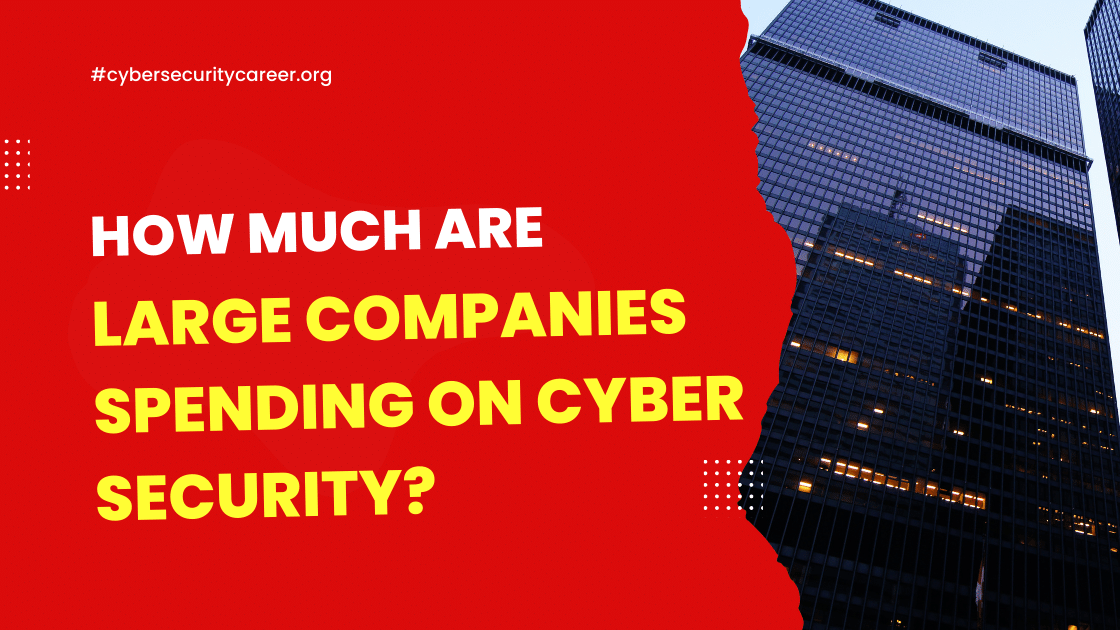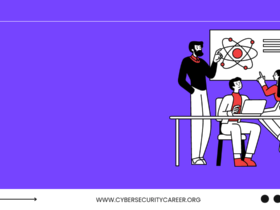The price of efficient protection will vary greatly, much like the price of cyberattacks. The estimates will depend on your chosen business and the services you need.
According to a Deloitte estimate, the typical company will allocate 6 to 14 per cent of its I.T. budget to cybersecurity. This amounts to less than a quarter of the overall budget set aside for cybersecurity, which is rather impressive. Most organizations typically spend 10% or less of their I.T. budget.
What is your I.T. budget, then?
Add 0.10 to that number. You will receive an estimate of the annual cost of cybersecurity from this. This is fairly small in terms of many other business costs. Here are some typical I.T. budget numbers.
These figures show that an average business spends 3.2 per cent of its annual sales on I.T. expenses. All industries and firm sizes are consistent with this approximation. A small business typically has a budget of under $5 million. A mid-sized business, on the other hand, will invest $5 to $20 million. Lastly, a large corporation will often spend $20 to $50 million annually.
We all know that cyberattacks are far more expensive, even though these numbers are far from inexpensive. Additionally, the harm that these assaults do to a company’s brand is incalculable. By regularly visiting Security Forward’s news archives, you may stay up to current on the most recent cybersecurity news.
Spending by the U.S. government on cybersecurity
$15 billion, or $583.4 million (4.1%) more than in 2018, is allocated to cybersecurity in the 2019 U.S. President’s budget. The budget’s biggest contributor was the Department of Defense (DoD). The DoD reported funding for cybersecurity at $8.5 billion in 2019, an increase of $340 million (4.2%) from the previous year.
Deltek predicts that the U.S. federal government’s demand for vendor-furnished information security products and services will rise from $10.9 billion in F.Y. 2018 to over $14.1 billion in F.Y. 2023 at a compound annual growth rate (CAGR) of 5.3 per cent. This increase will be driven by the federal government’s desire to improve agency cybersecurity posture at every possible level.
Cyber insurance
According to a Cisco report, 68 per cent of U.S. organizations do not have any cyber liability or data-breach coverage, demonstrating that businesses are not embracing cyber insurance at a rate that corresponds to the dangers they face. However, a Wall Street Journal study found that most of the 25 most populated U.S. cities currently have cyber insurance or are considering purchasing it.
Regulations like the E.U are fueling the need for cyber insurance. General Data Protection Regulation (GDPR), which went into effect in 2018, is required healthcare providers, financial services companies, and businesses across all sectors to protect user data and recover from data breaches and ransomware attacks. Cyber insurance policy sales are expected to increase from less than $1.5 billion in 2016 to between $14 billion and $20 billion by 2025.
As cyberattacks spread throughout the Asia Pacific area, Singapore announced opening the first commercial cyber risk pool in the world, a facility for offering cyber insurance to corporate customers. To provide customized coverage, the pool will commit a risk capacity of up to $1 billion (USD). Funds will finance it from the traditional insurance and insurance-linked securities markets.
The Impact of Ransomware
The cost of ransomware damage is expected to increase 57X by 2021 compared to 2015. As a result, ransomware is a cybercrime that is increasing the fastest. Ransomware has been dubbed a global epidemic and a new business model for cybercrime by the U.S. Department of Justice (DOJ).
According to numerous reports, phishing scams—emails designed to trick their recipients into clicking a link, opening a file, or sending information to someone they shouldn’t—cause more than 90% of successful intrusions and data breaches. An essential ransomware deterrent is teaching people how to recognize and respond to these threats.
According to Cybersecurity Ventures, the cost of ransomware damage worldwide is expected to reach $20 billion in 2021, up from $11.5 billion in 2019, $5 billion in 2017, and just $325 million in 2015.
According to one estimate, ransomware attacks increased by 350% in 2018. By 2021, businesses should experience a ransomware attack every 11 seconds, up from every 14 seconds in 2019 and every 40 seconds in 2016. This prediction comes from Cybersecurity Ventures.
One of the fastest-growing segments in the cybersecurity market, employee security awareness training and phishing simulation programs are expected to cost $10 billion globally by 2027, up from roughly $1 billion in 2014. This seminar focuses heavily on preventing ransomware and phishing assaults.










Leave a Reply